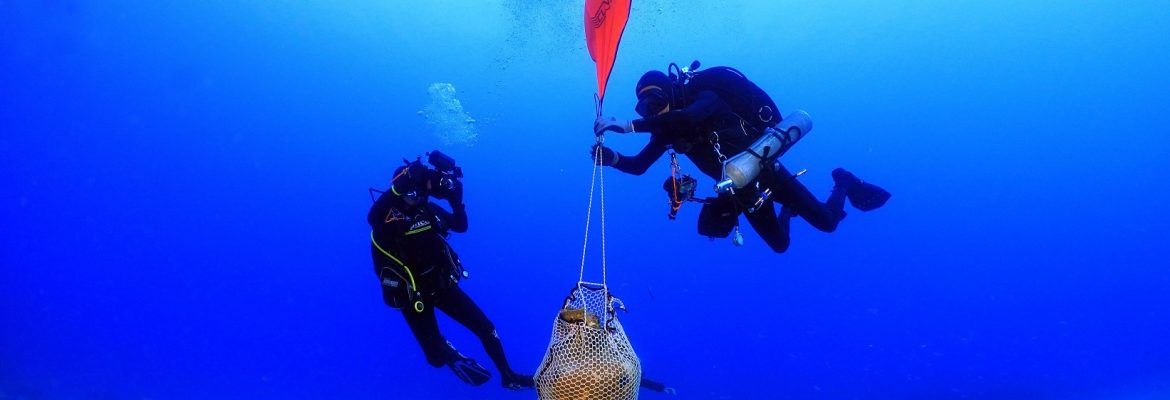The underwater excavation (2019–2021) of three shipwrecks from the ancient and medieval times, which were located off the island of Kasos – have unlocked a treasure trove of history, setting the stage for further groundbreaking revelations.
As the first chapter of underwater exploration which was carried out during the pandemic concluded, a new journey began. The current odyssey, spanning from 2022 to 2024, teems with the promise of unearthing secrets long buried beneath the waves.
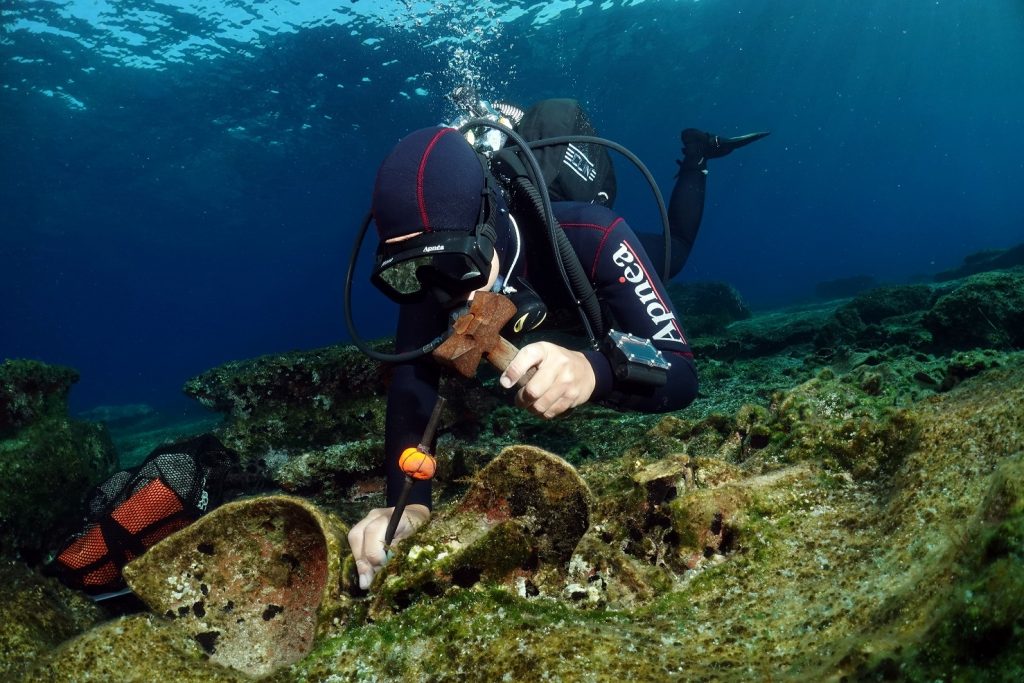
Once more, the enchanting island reveals its deep-rooted importance in the Aegean tapestry through the ages, as recent research discoveries bring to light. Among these revelations, a captivating Roman shipwreck dating back to the 2nd-3rd century AD emerges, marking the tenth treasure unearthed by the exploratory team in Kasos.
The waters around Kasos, silent witnesses to centuries of history, are slowly yielding their stories, promising a future bright with discovery.
We’ve recently sat down with Xanthie Argiris Director, NHRC of The Kasos Maritime Archaeological Project to learn more about these groundbreaking discoveries.
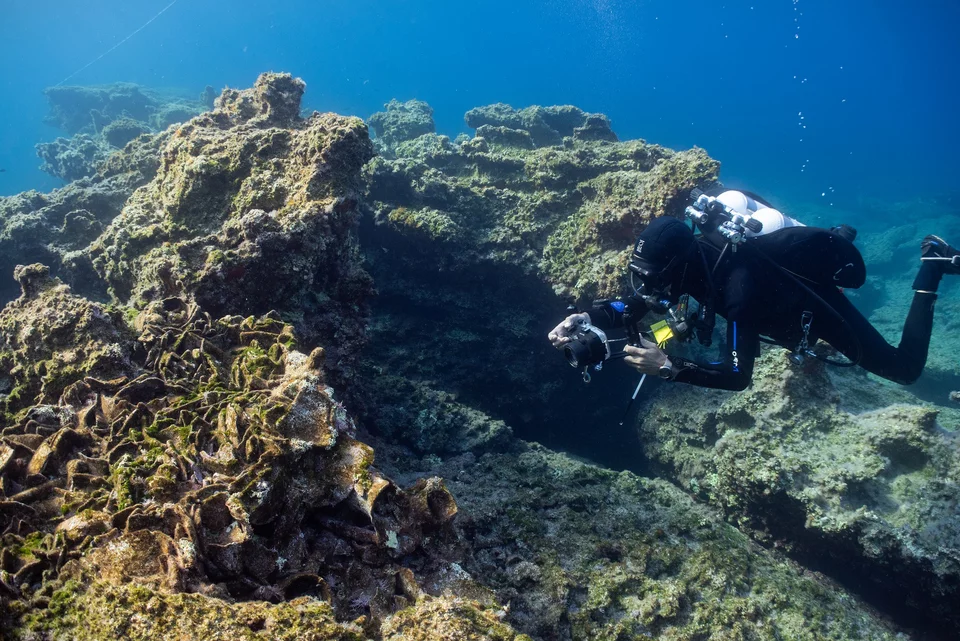
FMTTM: How was the first phase of the project initiated and how long did it take to bring the project to life? (Here you can mention anything significant about why your team specifically went to that place to start excavations, and how long it took to get the funding to start the project.)
XA: Our project underwent rigorous planning and strategic decision-making in its first phase. After extensive research, we chose Kasos as the starting point for our survey due to its strategic location along ancient maritime routes and its potential to yield valuable insights into maritime history.
Bringing the project to life was a complex endeavour that required securing funding and resources. It took considerable time and effort to obtain the necessary financial support, engage stakeholders, and assemble a multidisciplinary team equipped for underwater excavations. Despite the challenges, our team remained dedicated, driven by a shared passion for maritime archaeology. After much perseverance, we were able to successfully bring this project to fruition.
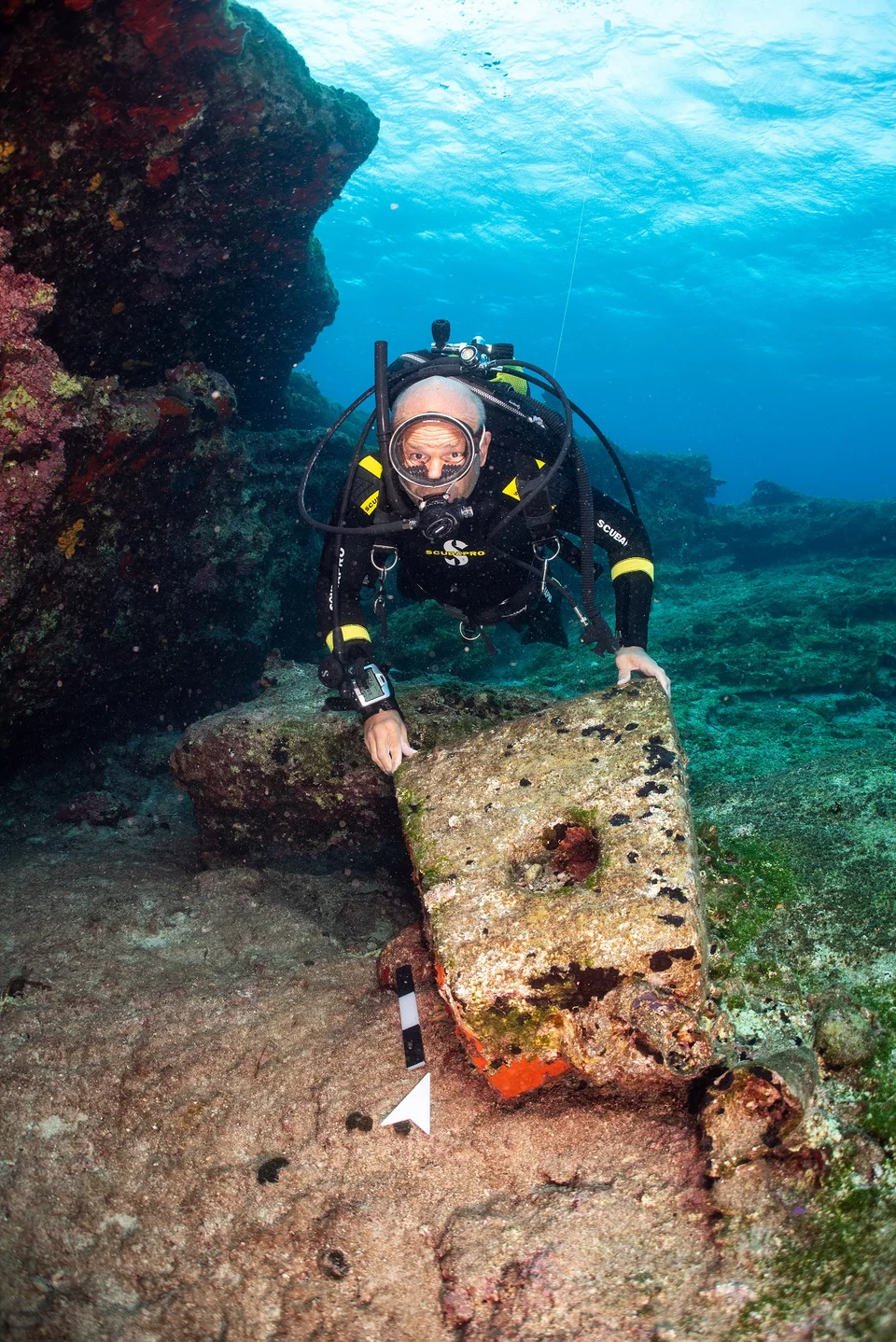
FMTTM: Are there plans to continue with stage three of the project in the near future or is it too soon to tell?
XA: In 2024, our project will transition to the neighbouring island of Karpathos, marking a new phase of exploration and discovery. Building on the insights gained from our work in Kasos, we are eager to expand our research to Karpathos, another crucial node along ancient maritime routes. This move represents a natural progression in our quest to unravel the region’s maritime history. Collaborating with the scholarly community remains paramount as we continue to analyse data and disseminate our results. Additionally, we are planning to publish the data collected in Kasos in an edited volume entitled “Kasos: Sailing in the Southeastern Aegean”.
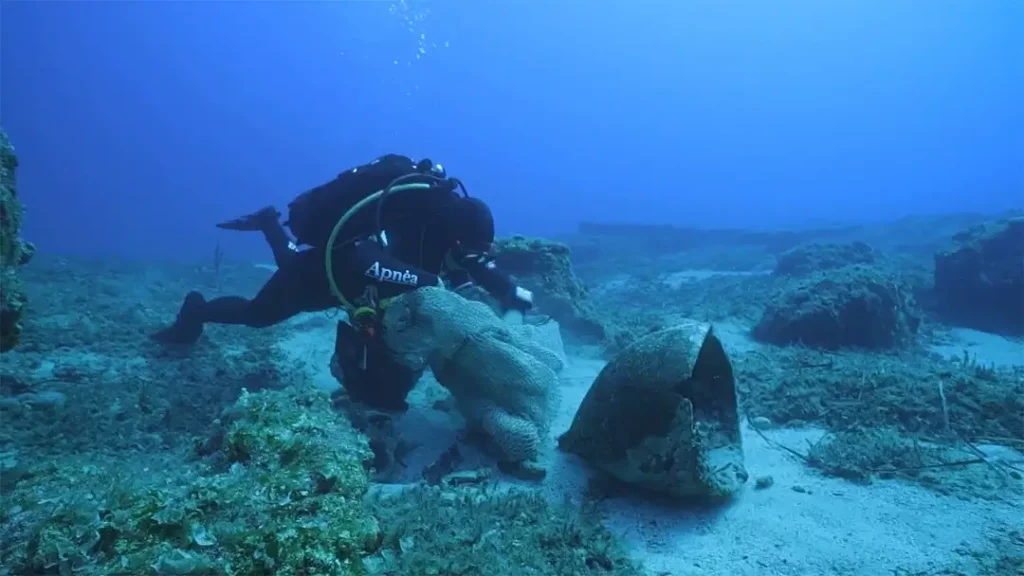
© Kasos Project/NHRF-EUA, photo by Nikos Koukoulas
FMTTM: What did you find on the seabed of Kasos and from these discoveries what do we learn about the history of Kasos?
XA: During our underwater survey, we found ten shipwrecks spanning from the Hellenistic period to the early 20th century. These wrecks yielded diverse cargoes, such as pottery, amphorae, anchors, and cannons, providing tangible evidence of the island’s active trade networks and cultural exchanges. Interestingly, despite Kasos’s challenging geography, we’ve identified temporary anchorages, highlighting its strategic importance as a shelter along ancient maritime routes. The distribution of finds also tells a fascinating story—while some periods are well represented, like the Classical era, others, such as the Late Roman and early Byzantine periods, are conspicuously scarce, suggesting shifting maritime dynamics over time. Furthermore, discoveries dated between the 19th and 20th centuries underscore Kasos’s continued engagement in maritime activities, offering a glimpse into its modern maritime heritage. The underwater finds paint a vivid picture of Kasos’s pivotal role as a maritime crossroads contributing to the exchange of goods and cultures throughout the ages.
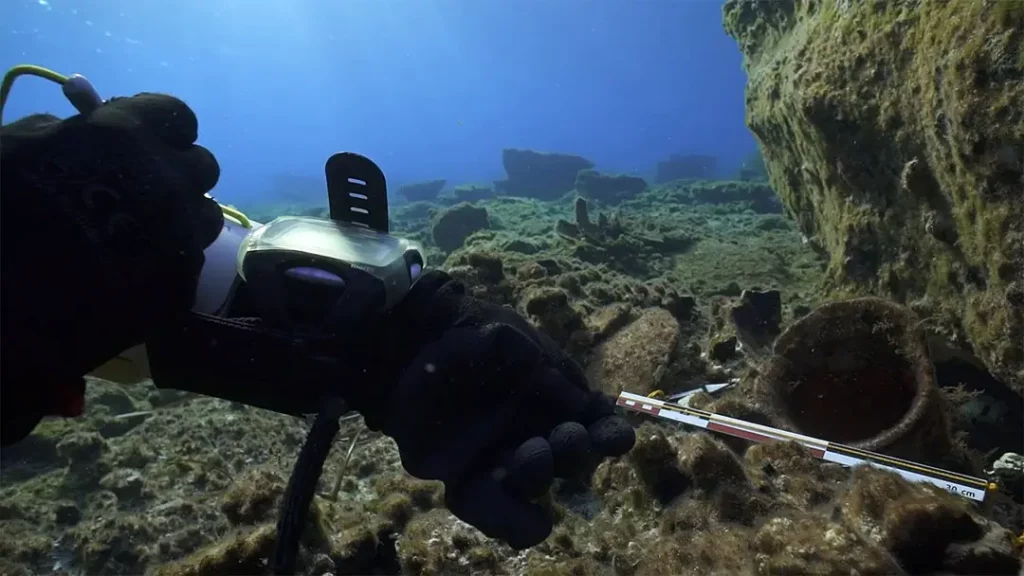
© Kasos Project/NHRF-EUA, photo by Nikos Koukoulas
FMTTM: One of the most remarkable discoveries from the 2022 period of excavations is an isolated artifact dating back to the 3rd millennium BC. The hand-made utilitarian vessel is the oldest recorded find ever retrieved from the depths of the Dodecanese. Will these discoveries be available to the public?
XA: We are currently working with the Municipality of Kasos to identify a suitable location for storing the artifacts that were uncovered during our underwater project on the island of Kasos. I strongly believe that it is crucial to keep artifacts in the place where they were discovered to preserve their historical context. However, the artifacts from K3, which is a Byzantine shipwreck dating back to the 8th-9th centuries, have been selected to be displayed in the upcoming National Museum of Maritime Archaeology in Piraeus.
This decision ensures that the artifacts discovered in Kasos remain available to the public, enriching their understanding and appreciation of the island’s history and cultural heritage. Moreover, showcasing the finds from the Byzantine shipwreck at the Museum of Maritime Archaeology in Piraeus will not only contribute to the broader promotion and preservation of Greece’s maritime heritage but also provide a central location for visitors to explore and learn about the region’s seafaring history.

FMTTM: Has this important discovery contributed to the promotion of Kasos island internationally? Do you see an increase in visitors drawn to visit the island following these important excavations?
XA: The underwater survey conducted on Kasos island has gained international attention and helped promote the island’s historical and cultural significance. Our efforts to promote Kasos island through various channels, including social media, academic conferences, publications, collaborations, and European and national programs, have resulted indirectly, perhaps, in an increase in tourism. This influx of visitors not only benefits the local community economically but also helps spread awareness of the island’s rich history and heritage to a global audience.
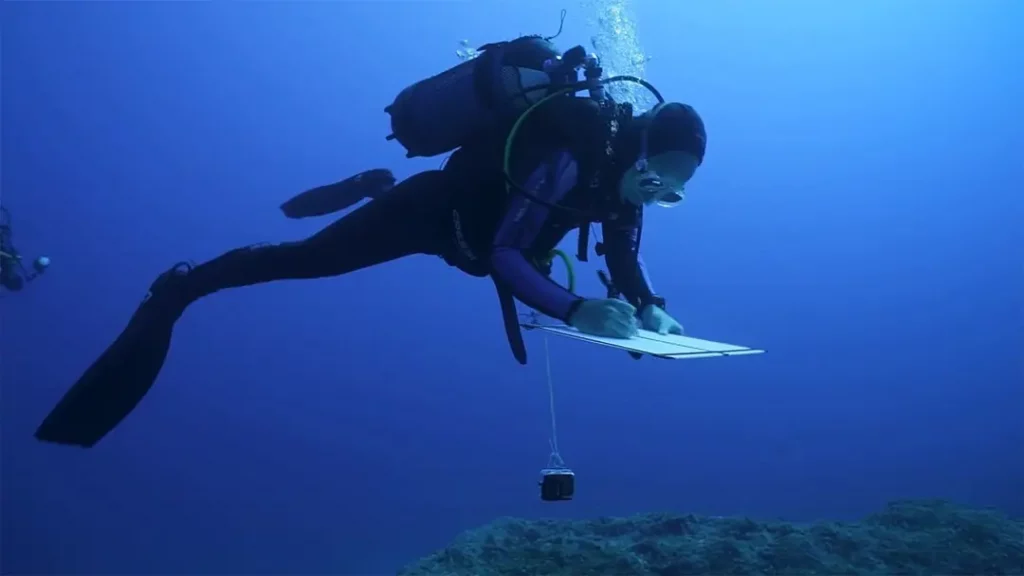
To learn more about this unique project you can visit the official website: https://kasosproject.com/en/
Cover photo © Kasos Project/NHRF-EUA, photo by Nikos Koukoulas.

